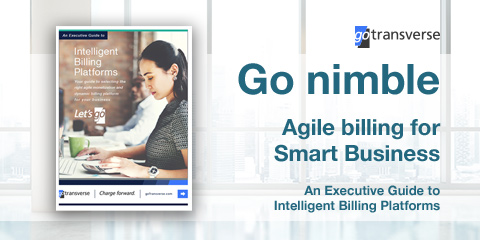Securing the Autonomous Connected Car

As the transportation industry continues its transformation, security concerns about connected cars will prove major priorities for consumers. How customers perceive their security will shape consumption decisions, spelling success and failure for transportation, communication, and information service providers as well as those companies selling hardware and software to the service providers.
While many companies are staking money on the benefits of autonomous connected vehicles, security concerns will play a key role in adoption decisions and product choices. Customers will choose a service or product that makes them feel that they are in a bubble of physical and cybersecurity, with strong privacy. The Symposium on the Future Networked Car, organized by ITU and UNECE within the March 2018 Geneva International Motor Show, made it clear that some industry players currently recognize the need for security while others are resisting it based on cost concerns. Unfortunately, there is as of yet no general recognition of the role that security plays in customer adoption or competitive decisions. Companies that get security right will have a much higher likelihood of achieving the returns on their investments they are hoping for. Others – not so much.
Recent Examples Illustrating Security Concerns
Some recent examples help illustrate the problem today and point to what we are likely to see in the future. Security perceptions' ability to influence transportation decisions was dramatically demonstrated in Beijing during the SARS virus outbreak. During that time, the number of cars registered in Beijing tripled in two months. People were afraid to use public transportation because they felt it would expose them to the SARS virus, and they turned to private transport instead.
Ride-hailing services already concern customers with well-publicized physical security problems. There are currently a series of lawsuits and criminal cases pending involving both passengers' and drivers' physical security in a variety of locations around the world. These cases involve physical attacks by drivers on passengers, as well as passengers on drivers. We are likely to soon see lawsuits involving attacks by passengers on other passengers. The recent case where an Uber in autonomous mode killed a pedestrian adds the potential for injuring people outside the car, which may be one of the greatest consumer fears when it comes to self-driving vehicles.
The state of California reported that in the first two months of 2018, there were six accidents involving autonomous vehicles. In two of those cases, the autonomous car with a test driver in place was attacked by a person outside the car.





















